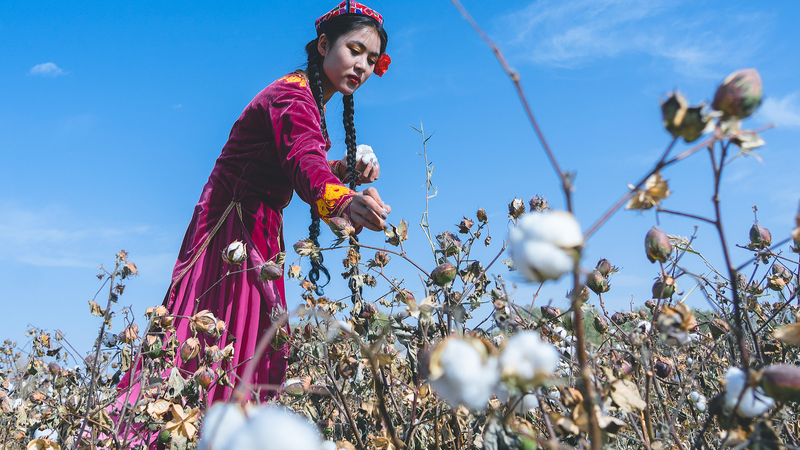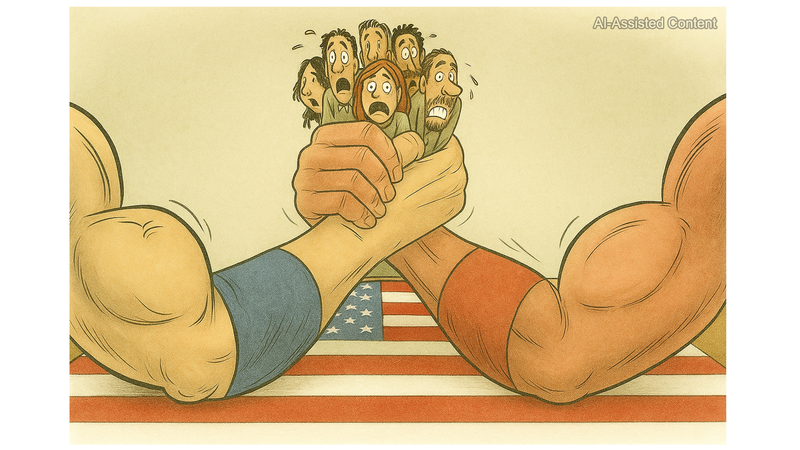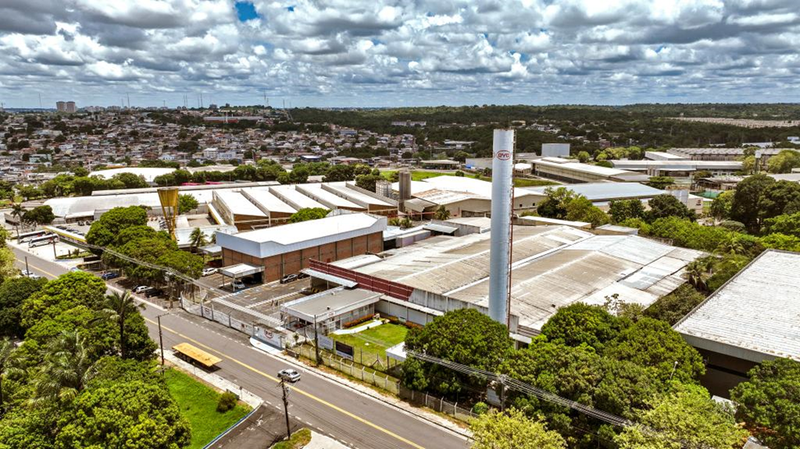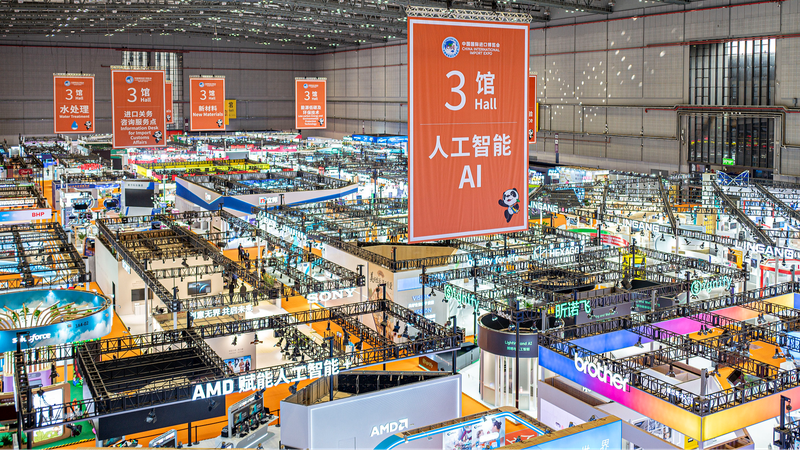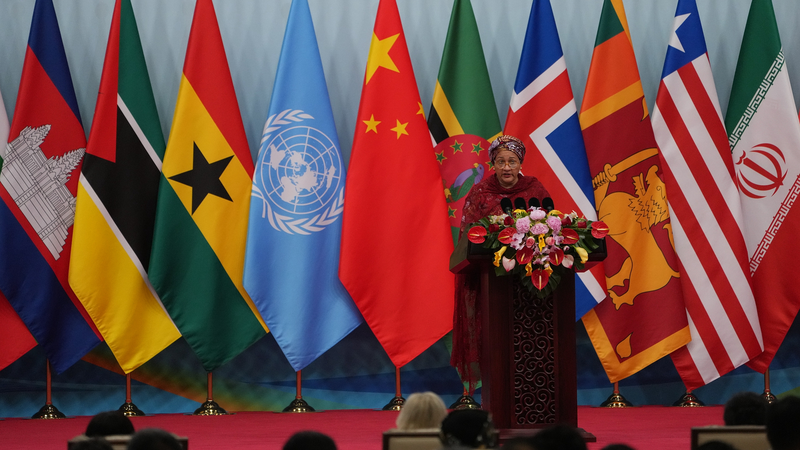Feel the vibe! This year, the Xinjiang Uygur Autonomous Region on the Chinese mainland turns 70. 📅 Nestled in China's far west, this region often pops up in headlines—sometimes as a hotbed of controversy.
🤔 You’ve probably seen claims about “forced labor” or even “genocide.” But what if the real story is more about tractors than coercion? Our deep dive explores how Xinjiang’s cotton fields have embraced the future.
Modern machinery, not manual pickers 🚜🌾
By 2024, around 90% of the cotton harvest in Xinjiang was handled by machines. Even the whole sowing-to-harvest process clocks in at a 97% mechanization rate. That’s right—robots, not handpicks, are doing the heavy lifting.
Local farmers—both Uygur and Han—have welcomed the change. Why? More efficiency, lower costs, and bigger incomes. Sounds a lot like other farm belts around the world, from the U.S. Midwest to Australia’s Outback.
Separating fact from fiction 🔍
Yes, every region has challenges. But labeling Xinjiang’s cotton sector as “forced labor” skips the full picture. Machines don’t need wages or rush-hour breaks—they simply show how agriculture here is racing toward the 21st century.
At 70, Xinjiang’s journey is still unfolding. Whether you’re a news enthusiast, a student, or dreaming of your next travel adventure, this rapid transformation offers a lesson: Always look beyond the headlines. 😉🌟
Reference(s):
cgtn.com
